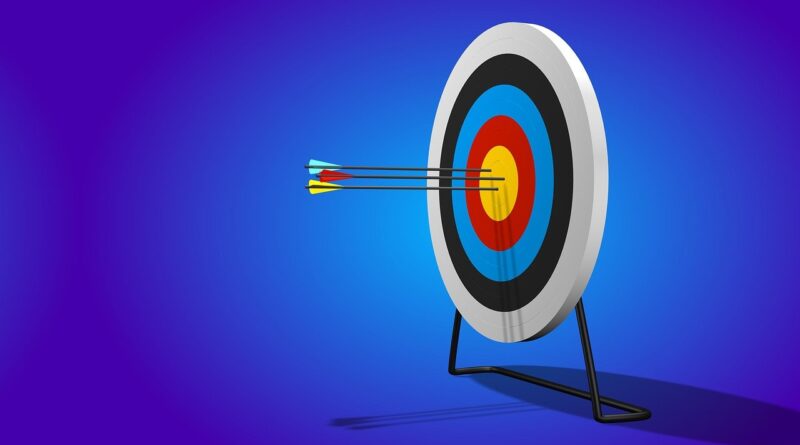Mastering the Art of Goal-Setting: A Guide for High School Students
High school is an important stage in a student’s life, full of academic, social, and personal challenges. Setting realistic goals can help students navigate this crucial period more confidently and succeed. Read this guide on how to set achievable goals for high school students and outline strategies to accomplish them, paving the way for a successful and fulfilling high school experience.
- Understand the importance of realistic goals:
For high school students, setting realistic goals is essential for maintaining motivation, focus, and a sense of accomplishment. Realistic goals balance being ambitious enough to inspire growth and achievable enough to prevent burnout and frustration.
- Assess your current situation:
Before setting goals, students should evaluate their current academic performance, extracurricular activities, and personal life. Consider your strengths, weaknesses, and existing commitments that may impact your ability to achieve your goals. Having a clear understanding of your starting point will help you create both challenging and attainable goals.
- Break goals into smaller tasks:
Breaking goals into smaller tasks or milestones can make them more manageable and achievable. This process lets you focus on one step at a time and build momentum as you progress toward the ultimate goal. Celebrating small victories can boost motivation and reinforce the belief that you can achieve your larger objectives.
- Set SMART goals:
SMART goals are Specific, Measurable, Achievable, Relevant, and Time-bound. This framework can help high school students create well-defined goals that are easier to track and accomplish. By setting SMART goals, you increase the likelihood of success and prevent frustration from vague or overly ambitious objectives.
- Be flexible and adjust when necessary:
High school students face various challenges and changing circumstances. It’s essential to remain flexible and willing to adapt your goals as needed. Regularly review your progress and adjust your goals or strategies if they no longer align with your current situation or priorities.
- Develop an action plan:
An action plan is a roadmap that outlines the steps you need to take to achieve your goals. It helps you stay organized, focused, and accountable throughout the process. Identify the resources you’ll need, potential obstacles, and strategies for overcoming them. Break your action plan down into daily or weekly tasks to make managing and monitoring progress easier.
- Seek support and accountability:
Sharing your goals with friends, family members, or mentors can help you stay accountable and motivated. These individuals can provide encouragement, advice, and constructive feedback as you work towards your objectives. Additionally, consider joining a club, group, or community of like-minded students who share similar goals, as they can offer valuable insights, support, and camaraderie.
- Learn from setbacks:
Setbacks are inevitable, but they can also be valuable learning experiences. Instead of becoming discouraged, use setbacks as opportunities to evaluate your strategies, identify areas for improvement, and adjust your approach. Embrace the growth mindset and view setbacks as essential steps in your journey toward success.
Setting realistic goals is an essential skill that can significantly impact a high school student’s overall success and personal growth. By understanding the importance of realistic goals, assessing your current situation, breaking goals into smaller tasks, setting SMART goals, being flexible, developing an action plan, seeking support, and learning from setbacks, you can maximize your chances of success and experience a sense of accomplishment. Setting and achieving goals is an ongoing journey, so remain patient, persistent, and open to growth.



